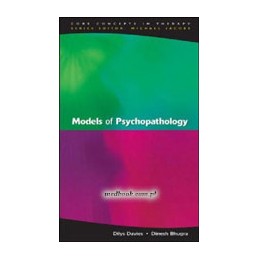- Reduced price

Order to parcel locker

easy pay


 Delivery policy
Delivery policy
Choose Paczkomat Inpost, Orlen Paczka, DHL, DPD or Poczta Polska. Click for more details
 Security policy
Security policy
Pay with a quick bank transfer, payment card or cash on delivery. Click for more details
 Return policy
Return policy
If you are a consumer, you can return the goods within 14 days. Click for more details
Data sheet
Reference: 91634
Author: John R. Goldblum
Reference: 42949
Author: Barbara Janson Cohen
Reference: 88922
Author: Simon O'Connor
A Guide to Physician Training
Reference: 34198
Author: Mick J. Sanders
